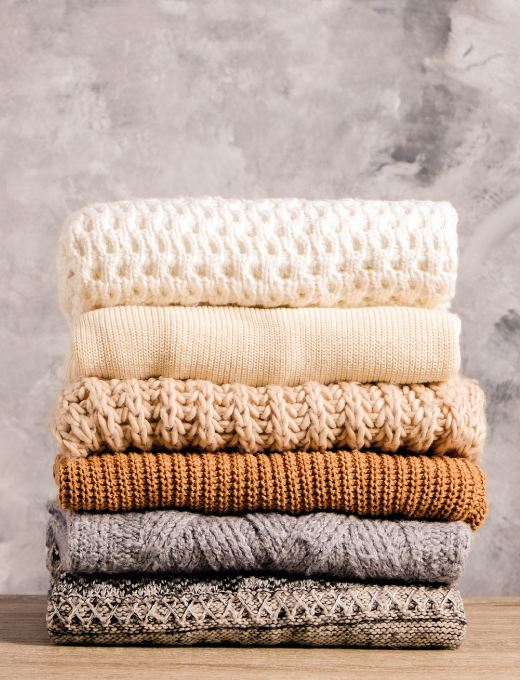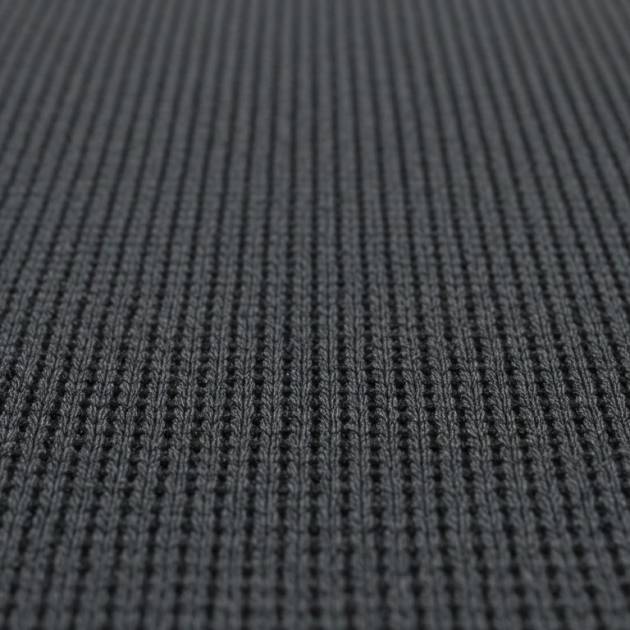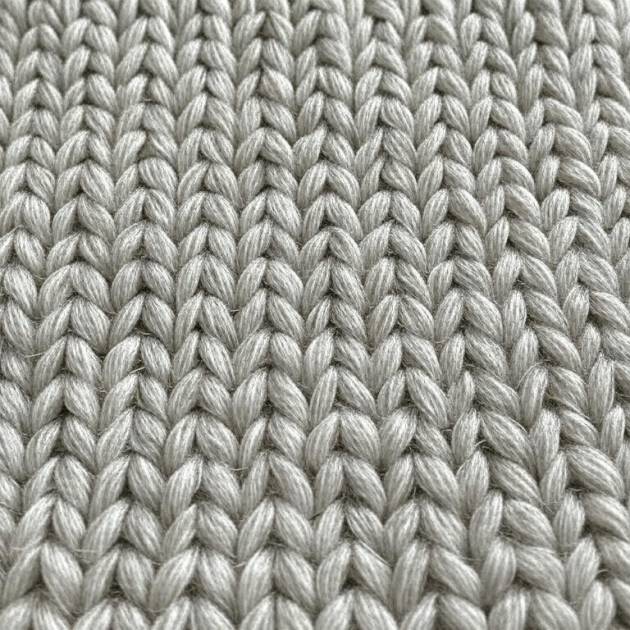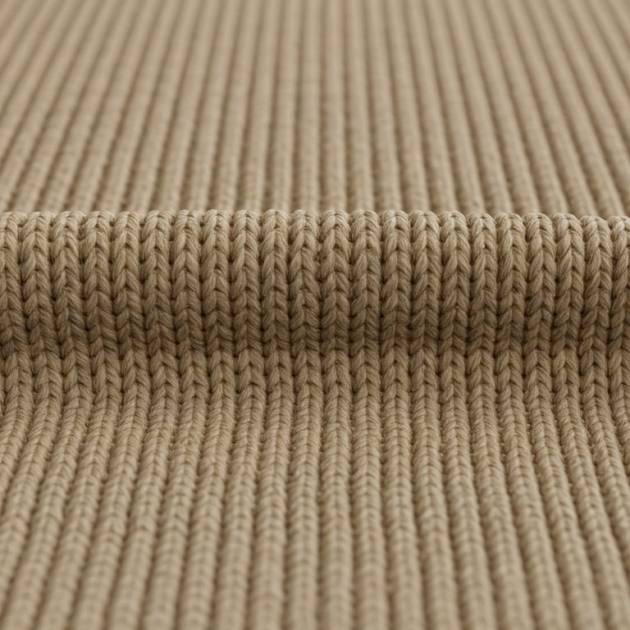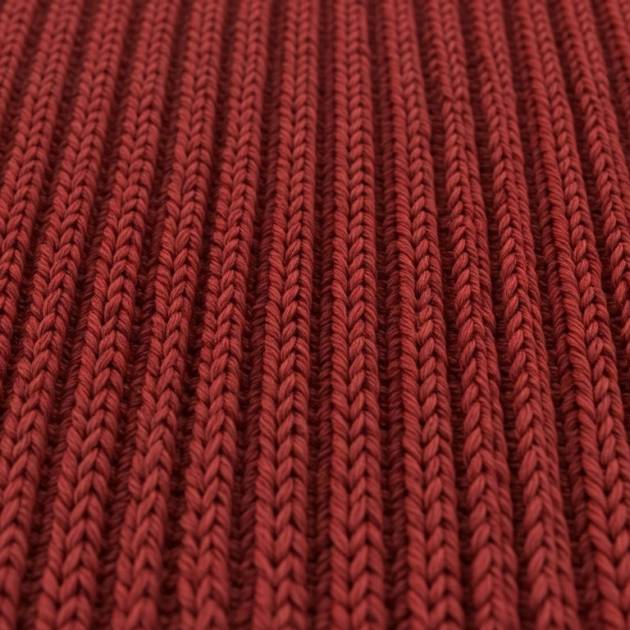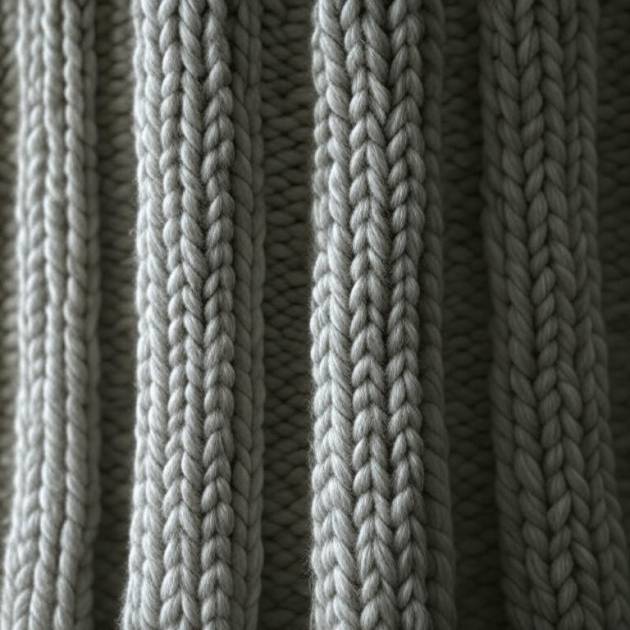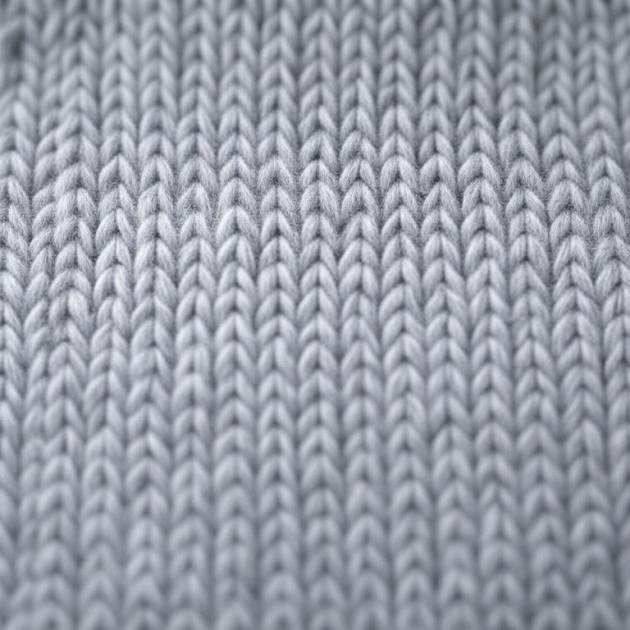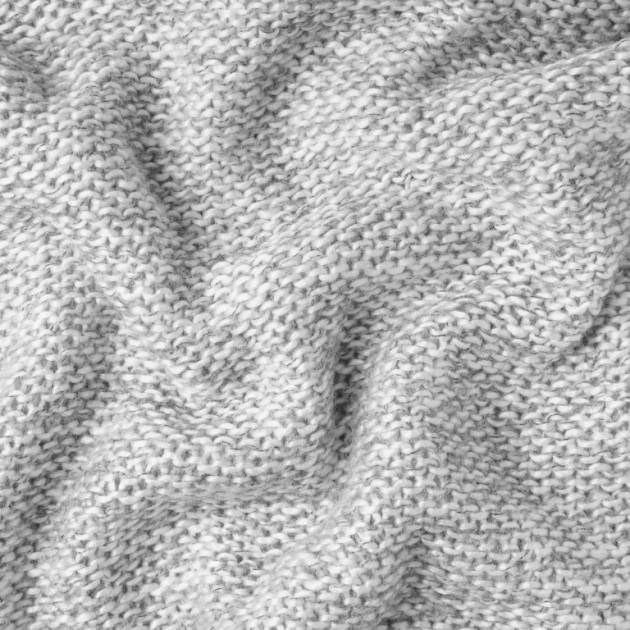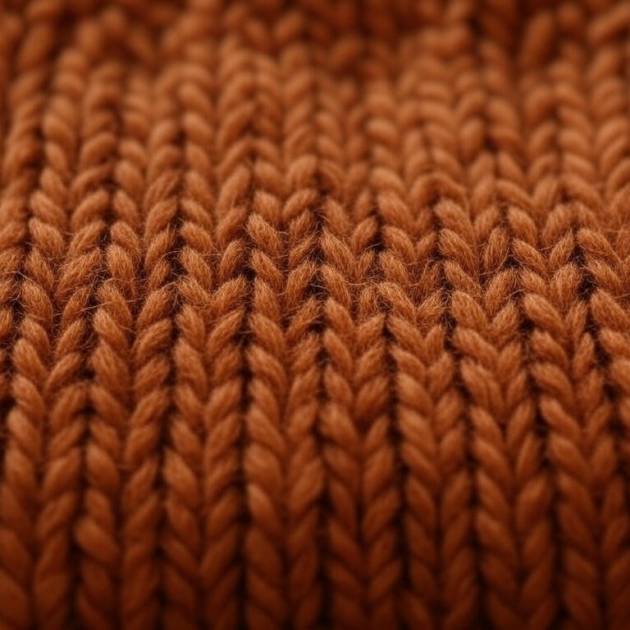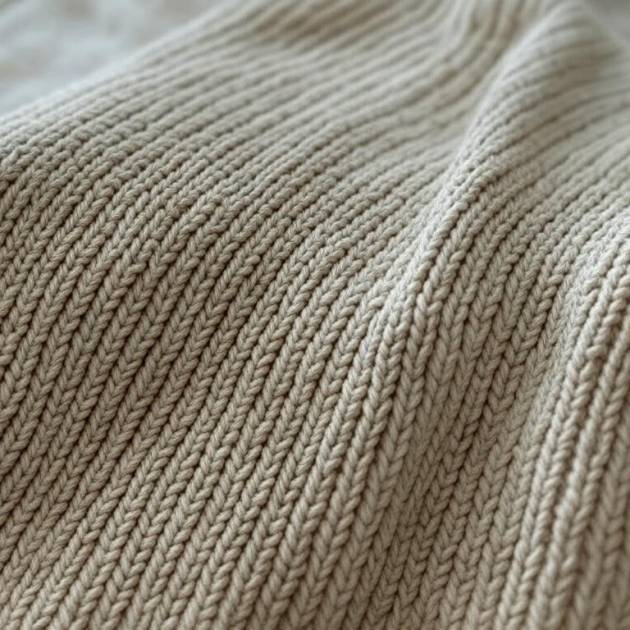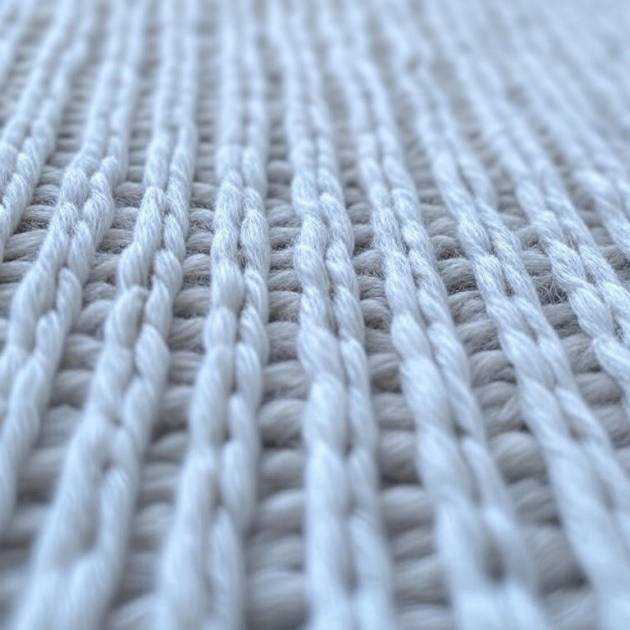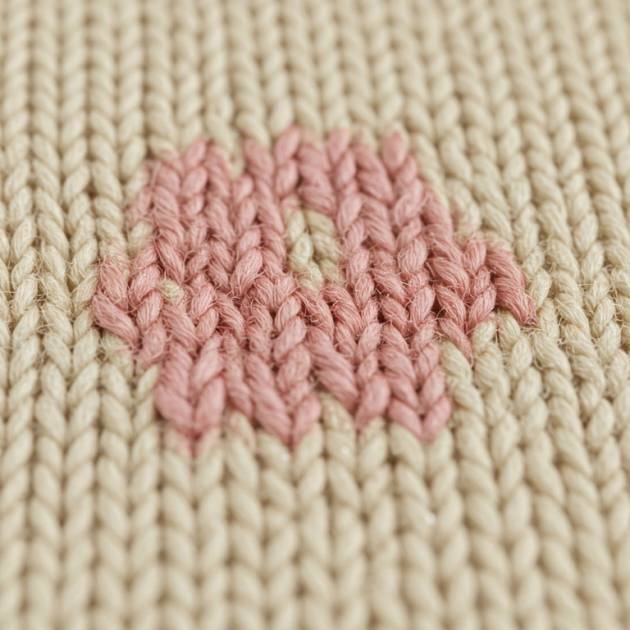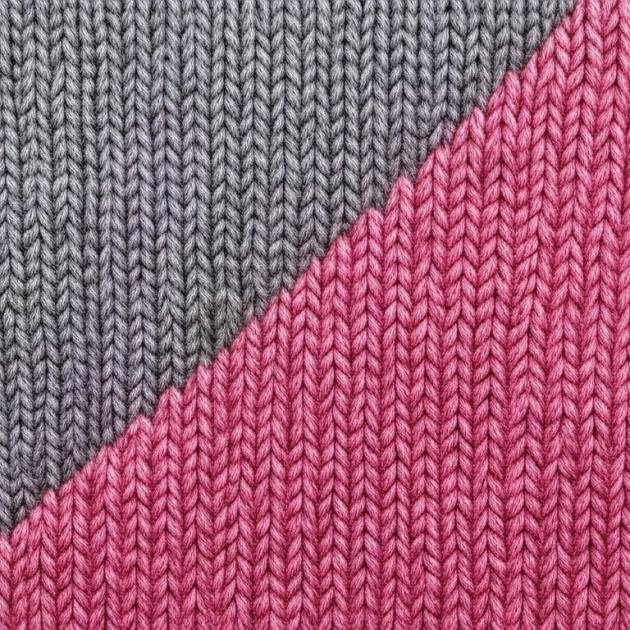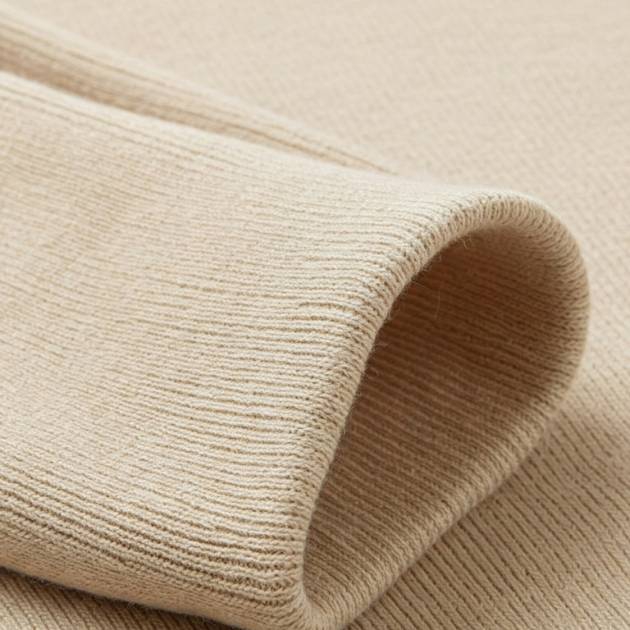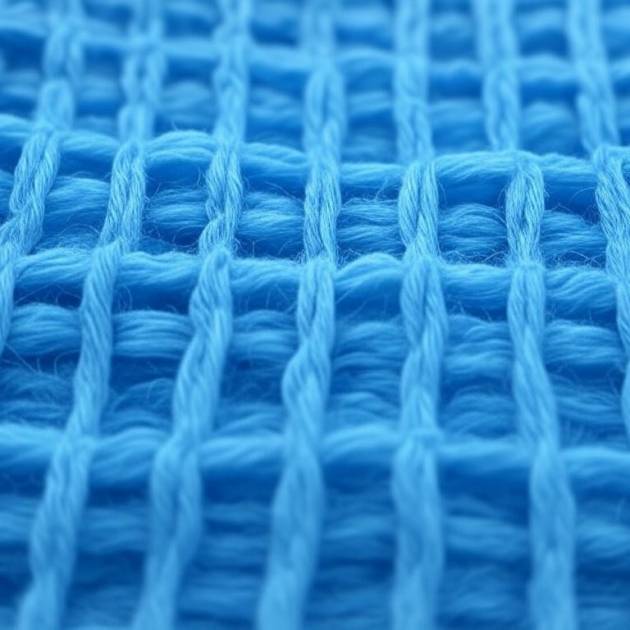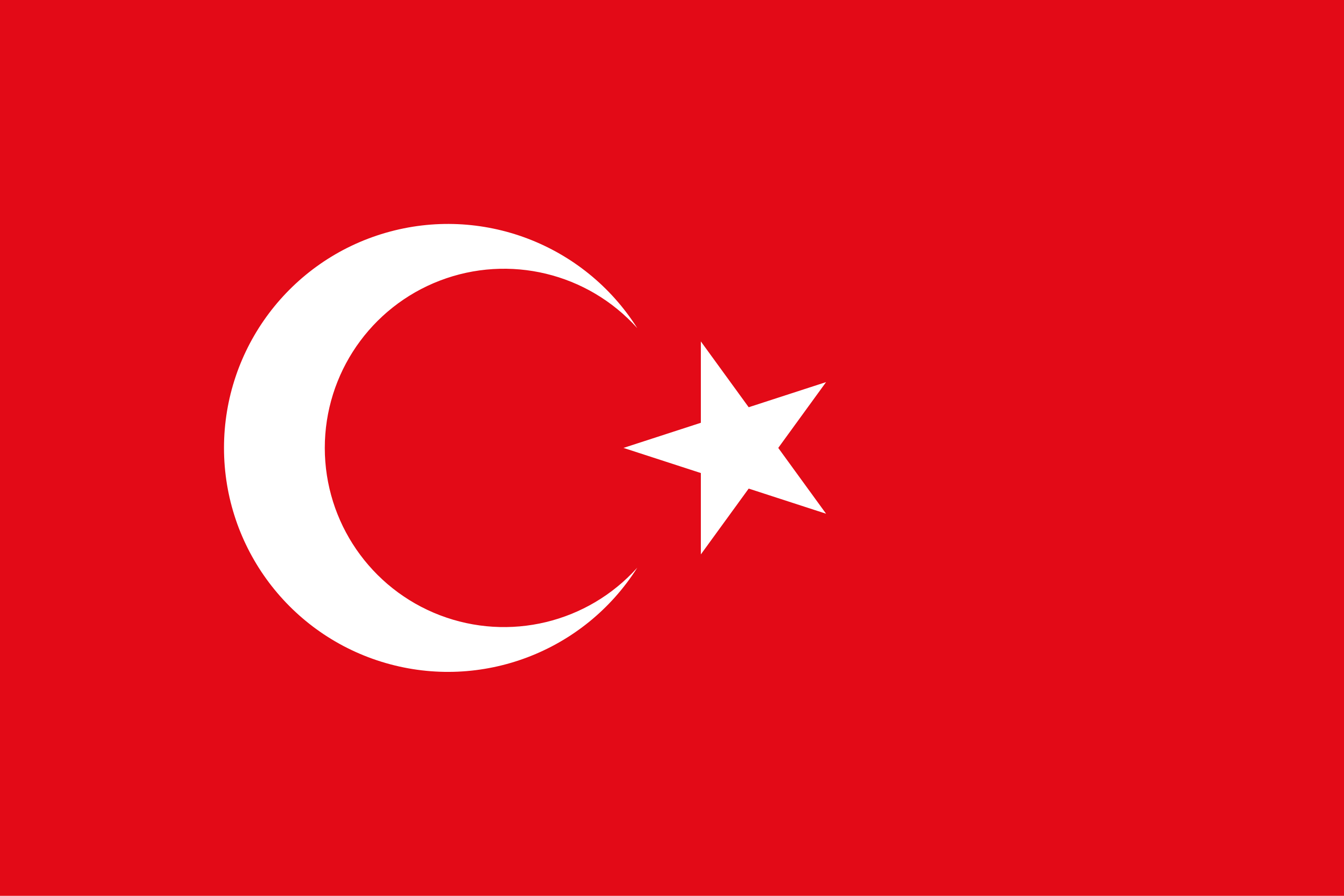KNITS
Knitting is a versatile textile manufacturing process that involves creating fabric by interlooping yarns using needles or machinery. Known for its elasticity, comfort, and adaptability, knitted fabrics are widely used in fashion, sportswear, and industrial applications. This article explores knitting in depth, including its definition, types, structural elements, stitch variations, cutting processes, and the machinery involved.
What is Knitting?
Knitting is the process of forming fabric by creating loops (stitches) of yarn and interlinking them in rows or columns, producing a fabric that is both versatile and dynamic in its applications. Unlike woven fabrics, where threads are interlaced at right angles to create a rigid structure, knitting relies on the interlocking of loops, giving the material a unique stretch and flexibility that enhances comfort and adaptability.
This inherent elasticity makes knitted fabrics ideal for garments that require freedom of movement, such as sportswear, casual wear, and baby clothing. Additionally, the knitting process can accommodate various yarn types and patterns, from fine, lightweight fabrics for delicate apparel to thicker, insulating materials for winter garments.
